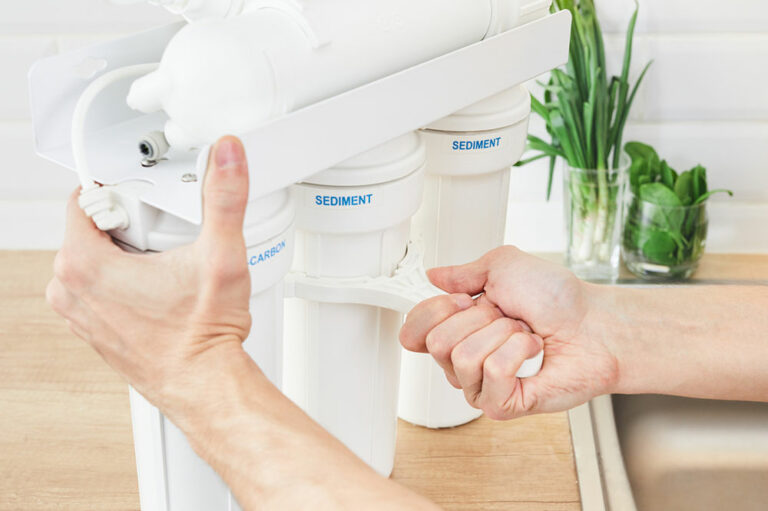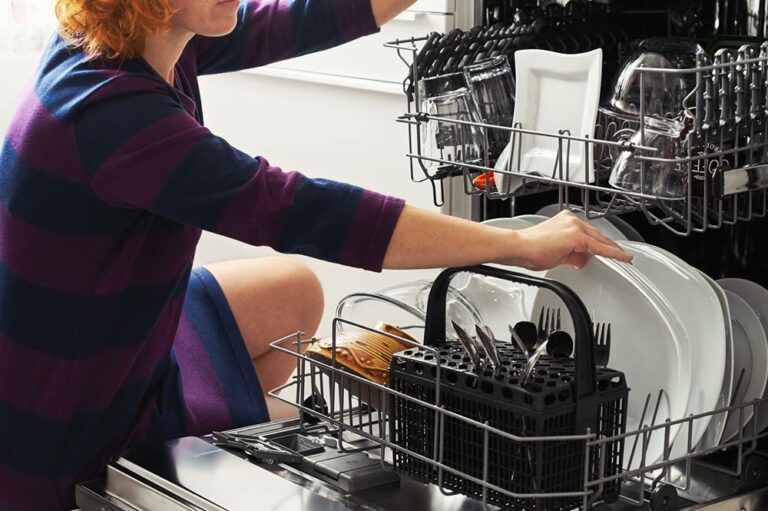
9 common mistakes to avoid while buying new appliances
Buying new home appliances can be a challenging task. Whether one is upgrading their kitchen with a new refrigerator, purchasing a high-efficiency washer and dryer, or seeking the latest in smart home technology, they may feel slightly overwhelmed due to the wide array of choices. As a result, one may make certain mistakes during the purchase, which can lead to regrets. Here are some common mistakes that one must avoid when buying new appliances: 1. Forgetting to measure the space One of the most common mistakes individuals can make, which may cost them dearly, is not measuring their space before purchasing an appliance. Whether one is purchasing a new refrigerator, an oven, or a washer, it is absolutely important to take accurate measurements of the space they are planning to place the appliance in and purchase the appliance of a size that fits there. Failing to take these measurements can lead to purchasing appliances that do not fit in the space or obstruct other room elements. Hence, before browsing different options, it is important to measure the available space, including the height, width, and depth, to ensure a perfect fit. 2. Neglecting research Shopping around and doing research is an important step that one must not neglect when purchasing home appliances.
Read More 









